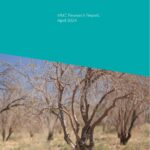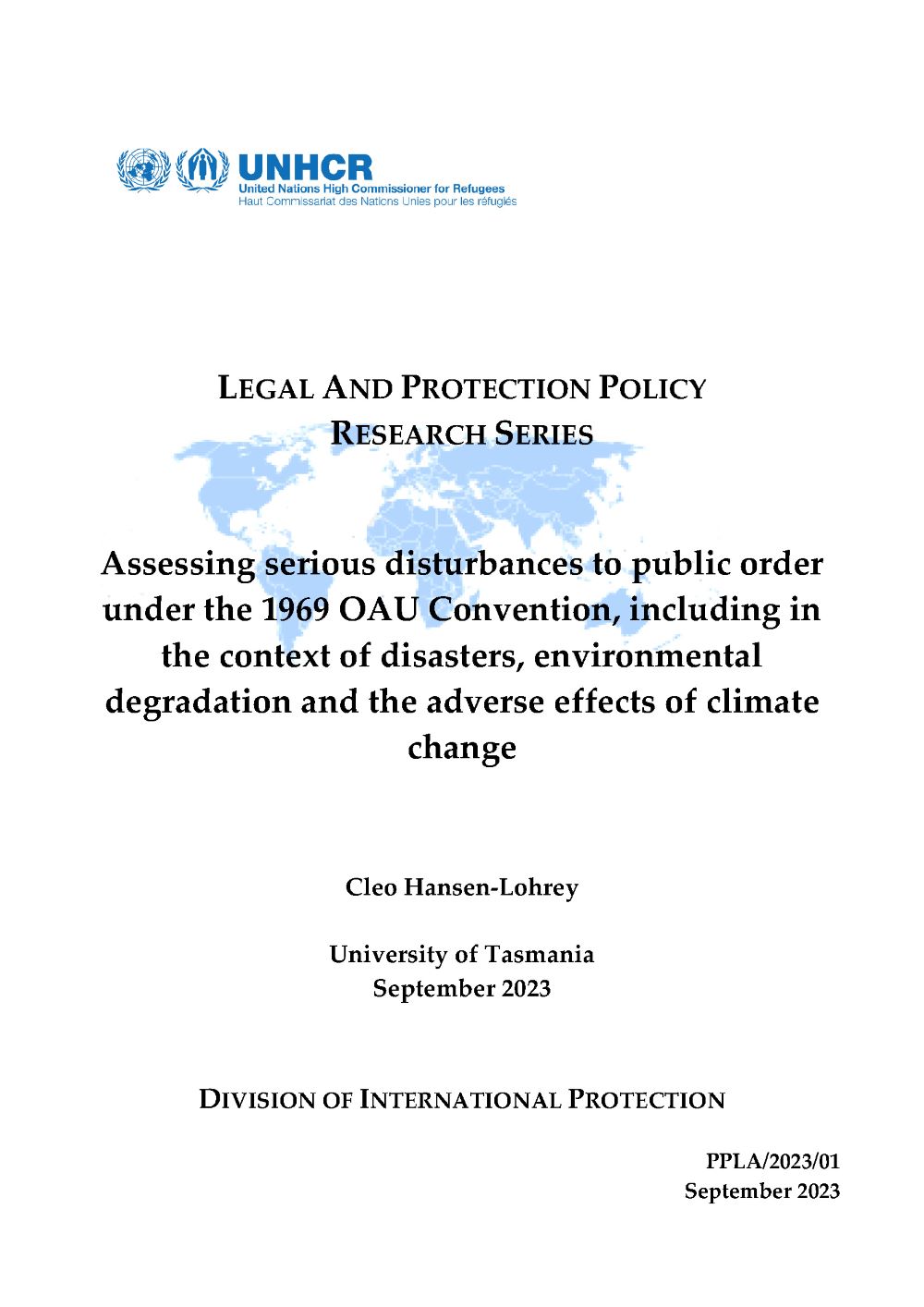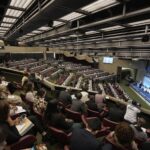As the impacts of climate change, environmental degradation and disasters increasingly influence human mobility around the world, States, UNHCR and others have recognised the critical need to consider how existing legal frameworks can protect people forcibly displaced in such contexts.
In Africa, the key legal framework is the continent’s regional refugee treaty – the OAU Convention Governing the Specific Aspects of Refugee Problems in Africa (1969 OAU Convention). Article I(2) of the 1969 OAU Convention expands the scope of refugee protection beyond the international definition of a “refugee”, found in the 1951 Refugee Convention, to protect people fleeing events which can be characterized by their widespread and indiscriminate nature. These events include external aggression, occupation, foreign domination, and events seriously disturbing public order.
In the absence of clear or consistent state practice, various actors and experts have called for guidance on the application of the Article I(2) refugee definition in the 1969 OAU Convention to people displaced in such contexts.
In 2022, UNHCR initiated a three-part project aimed at developing further normative guidance on the application of the Article I(2) refugee definition in the context of the adverse effects of climate change, environmental degradation, and the impacts of disasters. This paper forms the first stage of that project and aims to develop practical guidance for assessing serious disturbances to public order under the 1969 OAU Convention based on principled legal analysis.










